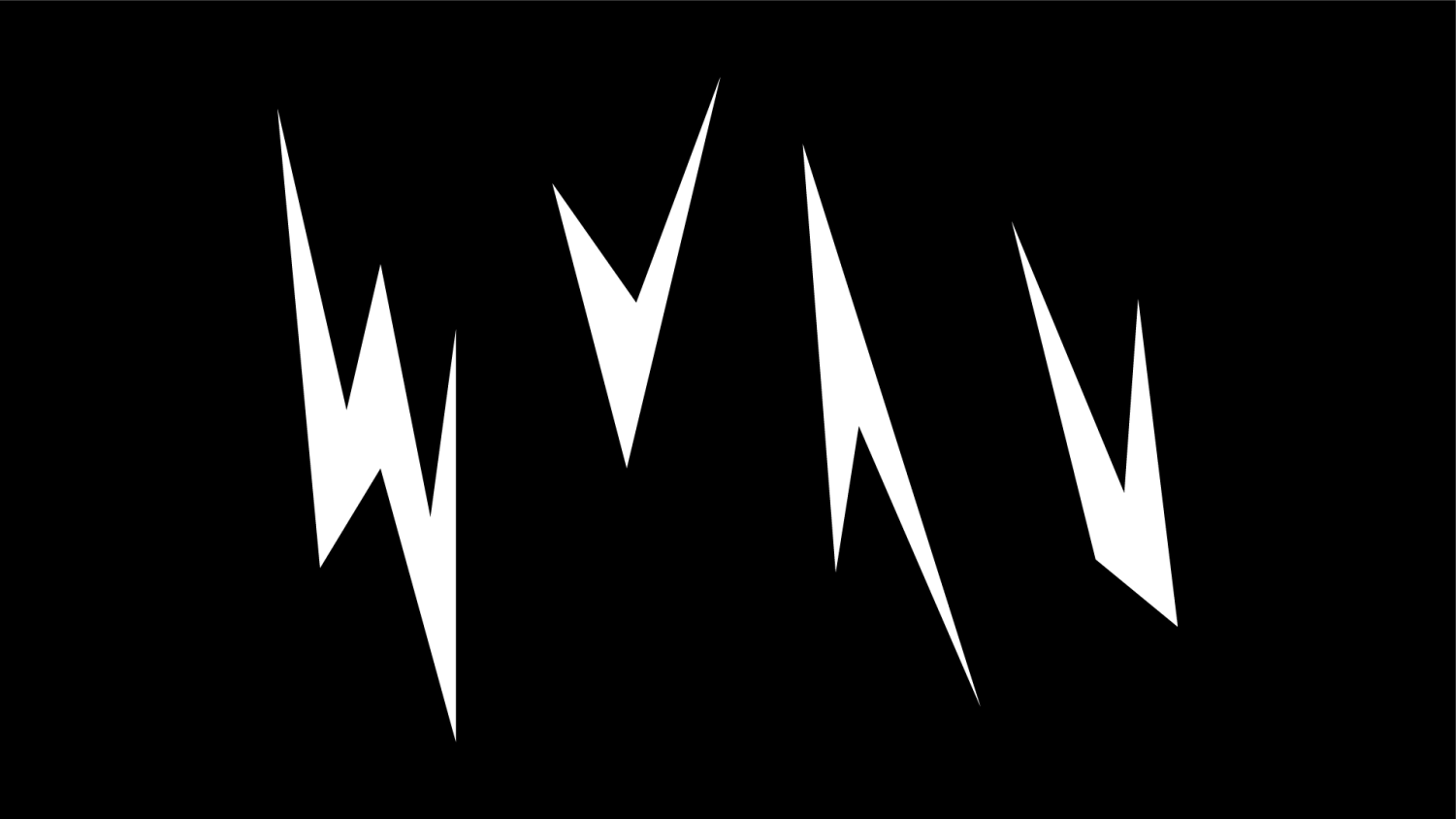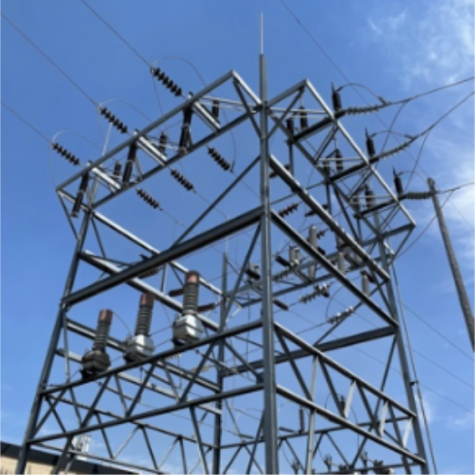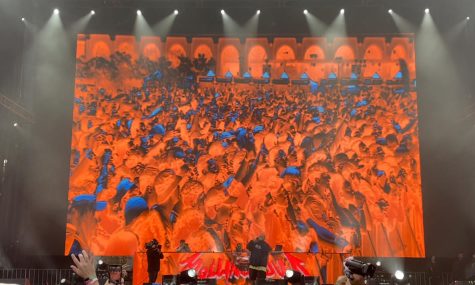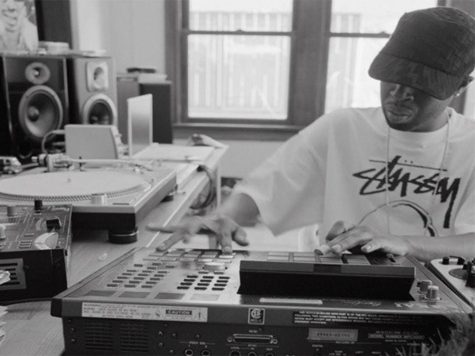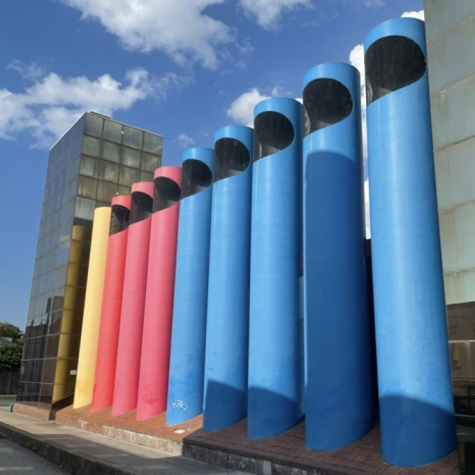Geology: "Daydream Nation" Plays with the Building Blocks of Music
November 19, 2013
Sonic Youth is a bit of an anomaly. They’ve stuck around for decades after their original inception and inevitably their sound and artistic intents have undergone a noticeable change. They’re probably the quintessential New York experimental band after The Velvet Underground’s dissolution. Sadly, somewhere along the line, the band gained a reputation as being difficult or testing. The reputation coupled with a massive discography has seemed to be off-putting to many. I remember only a few weeks into college hearing them dismissed as “just noise,” a thought more informed by tween movies than actual intimacy with the band.
Sure, Sonic Youth sounds unconventional, and that’s the entire point. Daydream Nation is the monolithic result of their constant experiments in sound palettes and the balance between harmony and dissonance. It’s easy to see where they picked up these tendencies when you consider the band’s close proximity to the no wave scene and Glenn Branca’s anti-orchestral arrangements. This band isn’t about resolving chords and predictable structure.
Sonic Youth has always felt like one of the best examples of how art outside of music can be translated audibly. The band is like a painter, starting familiarly enough with the rigid lines of conventional chords. “Teenage Riot” is so easily digestible that even Rock Band was comfortable with it. They add dark tones with lyrical stories pulled from New York City’s gutters, carrying the torch that Lou Reed lit. Slowly, things begin to get weird. Stranger feedback sneaks its way into the mix and chords begin to blur. By the end of the song, there isn’t really any sort of pitch left, only the impressions of a decomposed harmony. The band plays with tools of noise and texture themselves, making a song more of sound than music.
The album can be a bit daunting, but listen to “Total Trash” to see the slow death of structure that is so important in the album’s philosophy. “Providence” is pure sound collage, but there’s unmistakable haunting beauty in the combination of answering machine messages, improvised piano, and an overheating amplifier. Give this album a listen. Be comfortable with accepting that music isn’t always made in definite frequencies. Think of pitch and time as continuous, freed from melody and harmony measured in intervals. I promise, this is much more than just noise.
